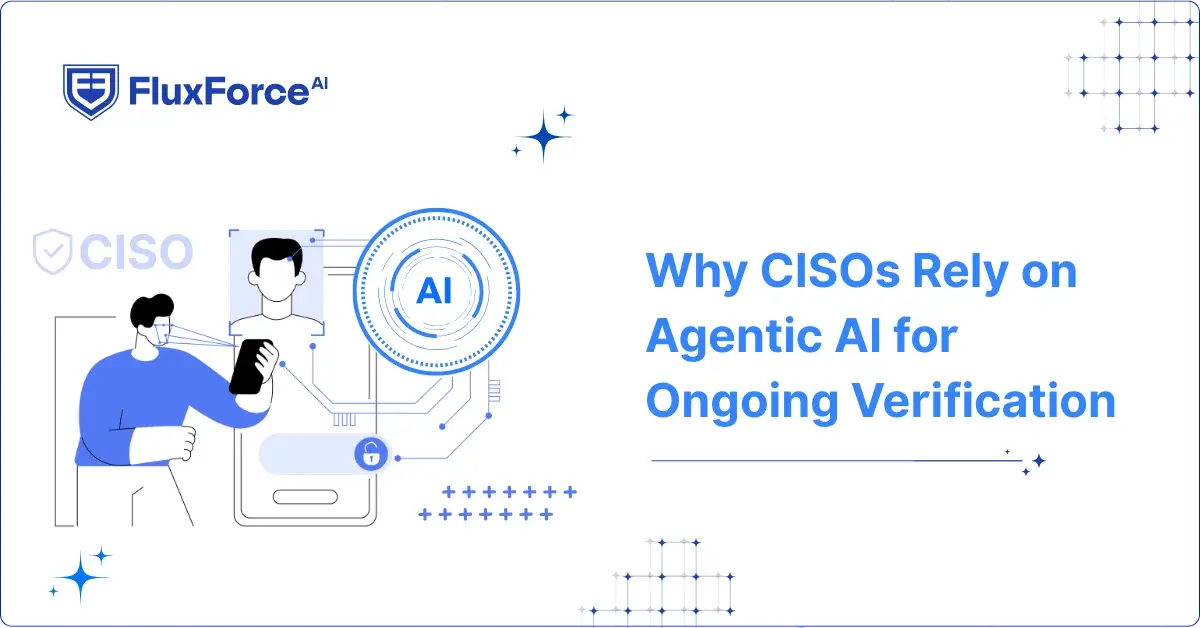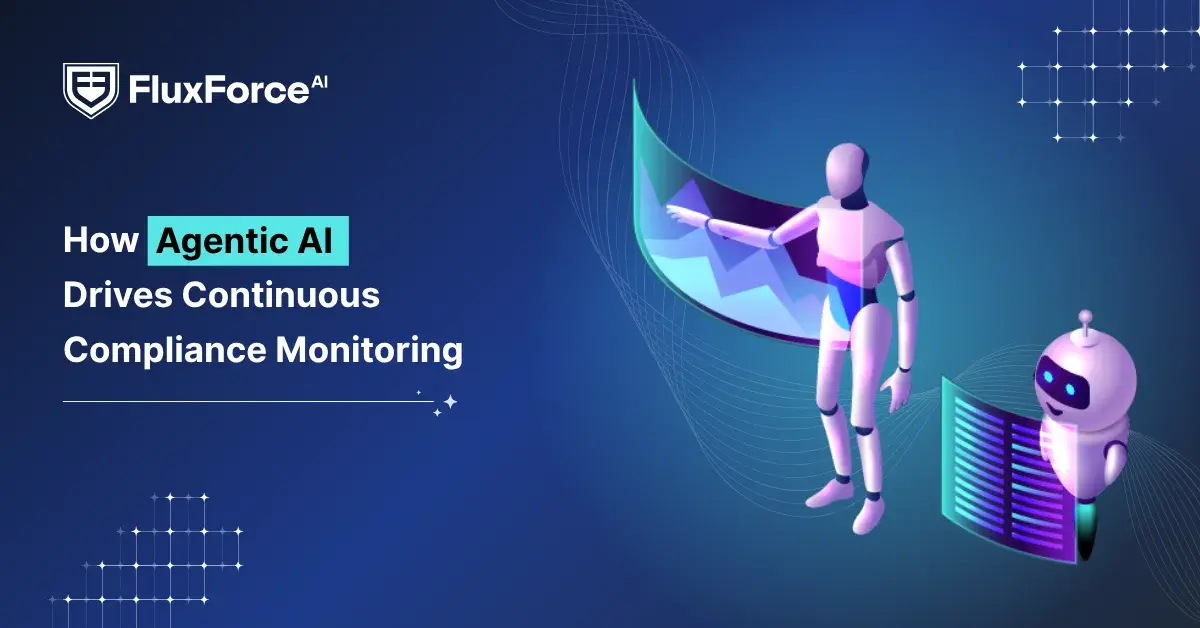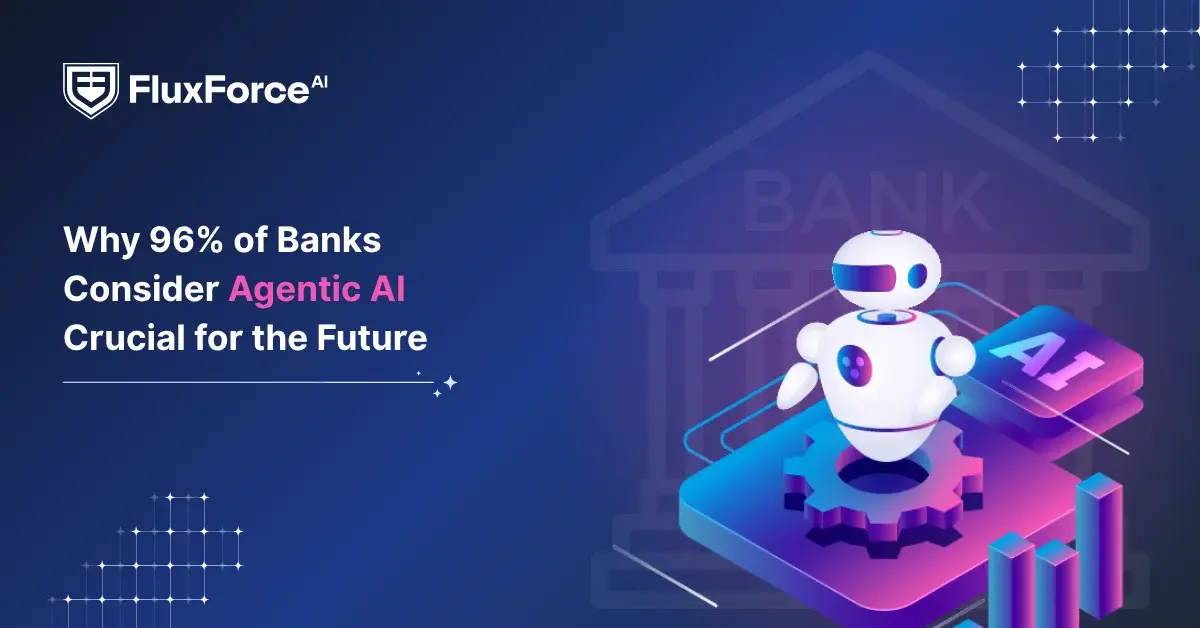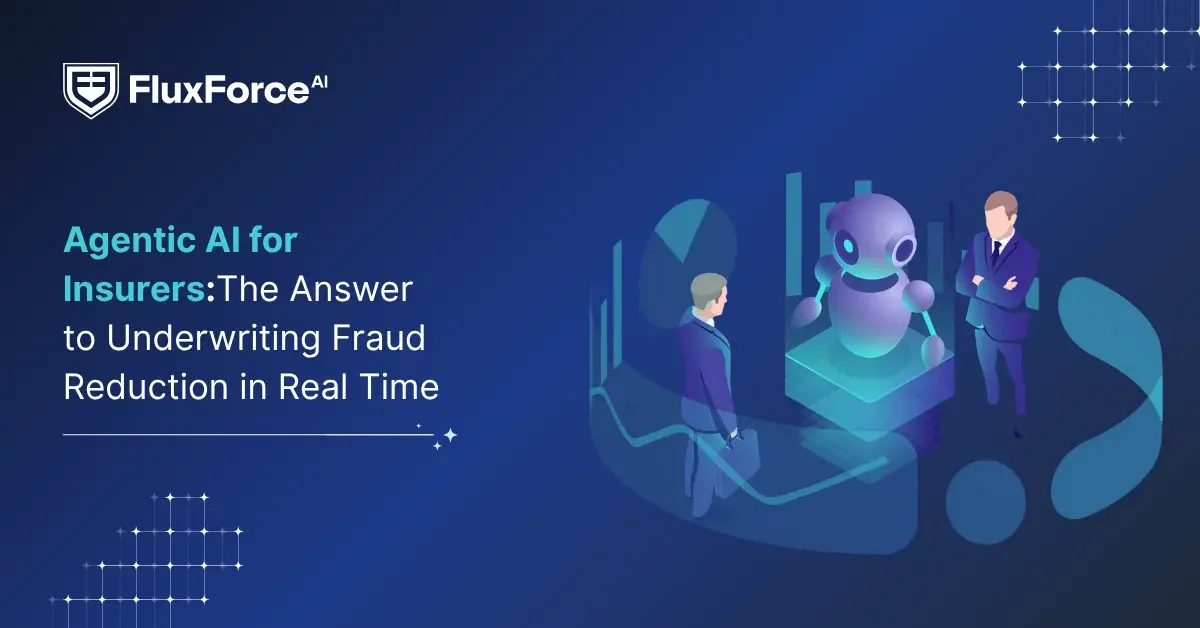Listen To Our Podcast🎧

Introduction
The consistent exploration of Artificial Intelligence among CISOs shows its growing importance in enhancing organizational security. In 2025, Agentic AI is widely trusted to autonomously perform identity checks, document verification, and continuous compliance monitoring.
According to a 2024 Cisco survey, 47% of senior security executives depend on AI-driven identity verification for critical workflows. The significant reliance on Agentic AI comes after its proven results in ensuring consistent verification and reducing operational strain.
With evolving cyber threats, experts stress that continuous security validation is essential to keep pace. For CISOs, Agentic AI has become a critical solution for executing these demands.
Agentic AI’s role in strengthening security
Agentic AI powers financial security through autonomous detection, analysis, and decision-making. Rather than operating in isolation, these agents integrate with core systems to continuously monitor data for vulnerabilities and learn patterns over time.
Here’s how Agentic AI helps in enhancing security:

- Autonomous Identity Verification: Enables continuous, context aware validation of users and devices against evolving KYC and AML requirements.
- Adaptive Threat Detection: Delivers real-time defence against emerging fraud patterns through continuous learning from data.
- Continuous Compliance Enforcement: Automates regulatory monitoring, ensuring verification processes remain aligned with changing standards.
- Secure Scalable Operations: Handles growing verification volumes without compromising accuracy, making it effective for digitally operated institutions.
- Integrated Intelligence: Works seamlessly with existing security systems to unify workflows and close gaps without disrupting core operations.
Reasons why CISOs choose Agentic AI for verification
With evolving fraud tactics, regulators and modern financial institutions demand continuous verification across systems. Generative AI and traditional data analytics were often limited to generating alerts, requiring human intervention for action. Agentic AI, in contrast, goes further, executing end-to-end workflows autonomously.

Reason 1: Monitoring Continuously Without Fatigue
Agentic systems verify data 24/7, allowing scans for anomalies and inconsistencies across high-volume environments without degradation in performance. It is a key CISO security strategy for maintaining consistent coverage that manual processes and alert-based systems fail to do.
Reason 2: Optimizing Workflows and Human Role
By handling large-scale identity and document verification autonomously, Agentic solutions reduce the operational load on security teams. Smooth verification flows give CISOs confidence in sustaining operational resilience without additional human resources.
Reason 3: Enhanced Accuracy and Consistency
Agentic AI applies KYC/AML validation rules across all verification workflows, ensuring precise identity and document checks at scale. High-volume operations maintain predictable outcomes, providing CISOs confidence in compliance and operational integrity without manual oversight.
Reason 4: Adaptive Response to Emerging Threats
Agentic AI not only executes verification workflows but also generates actionable insights from continuous monitoring. By highlighting trends, anomalies, and compliance patterns, it allows CISOs to refine security strategies, prioritize risk mitigation, and make informed decisions.
Reason 5: Supporting Strategic Decision-Making
Agentic systems adapt to new threat signs in real time. It detects subtle anomalies within verification streams, allowing CISOs to make the right decision by manually sifting through documents.

Shaping the Future of AI in Finance
Fluxforce research uncovers how banks and enterprises are adapting to fraud, compliance, and data challenges in 2025.
Impact of AI identity verification across financial institutions
The integration of Agentic AI identity verification systems has significantly transformed banking operations globally. Below are some real-world examples
1. Simmons Bank Enhancing Digital Onboarding with AI
Simmons Bank implemented AI-powered identity verification to modernize digital onboarding and mitigate fraud, particularly targeting digitally active customer segments.
Results:
- Achieved nearly zero fraud rates in digital account openings.
- Streamlined the account opening process to minutes, enhancing customer satisfaction.
- Captured a larger share of younger customers due to easy onboarding steps.
2. Ahli United Bank Combating Online Fraud with AI Verification
Ahli United Bank (AUB) in the Middle East adopted AI-powered identity verification solutions to enhance customer trust and combat online fraud. The bank’s key focus was to optimize the onboarding process and reduce customer acquisition costs.
Results:
- Reduced the onboarding process from five days to a few minutes.
- Achieved high approval rates for digital onboarding, improving customer acquisition.
- Received positive feedback on social media, indicating improved customer satisfaction
Future of Agentic AI in Cybersecurity – A Threat or a Security Advantage?
The growing demand for continuous authentication across financial institutions signals a strategic shift for CISOs to adopt Agentic AI. With fraud and sophisticated attacks on the rise, agentic solutions have become a practical necessity, offering capabilities that traditional AI models cannot match.

The future of Agentic AI is greatly enhanced by Zero Trust principles. With continuous validation of every user, device, and transaction, this combination ensures that access is never assumed and verification is always active.
However, there are several key considerations when deploying Agentic AI in banking security:
- Over-dependency: Relying completely on automated systems without adequate monitoring may introduce gaps if AI fails to detect new attack vectors.
- Initial costs: AI implementation requires significant investment in technology, integration, and skilled personnel to manage and monitor AI-driven workflows.
- Data quality: The effectiveness of agentic systems depends on accurate, well-structured data. Inconsistencies in data can affect verification accuracy.
- Explainability and auditability: Providing justification for AI decisions is necessary. Any failure to do so may result in regulatory fines.
Onboard Customers in Seconds

CISO-Level Strategies for AI-Driven Verification
Effective deployment of AI-driven verification requires strategies that balance automation with oversight, ensure regulatory compliance, and integrate with existing security frameworks to maintain long-term operational sustainability.
Align AI with Security Policies
Verification systems should be mapped to existing security frameworks. Policies must define roles, access levels, and escalation paths to ensure AI supports compliance and organizational controls.
Prioritize Data Quality and Governance
High-quality, structured data is critical for accurate verification. Governance processes must enforce data integrity, reduce errors, and enable reliable decision-making by AI systems.
Monitor AI Performance Continuously
Ongoing performance assessment ensures AI adapts to emerging threats. Monitoring metrics like false positives and anomaly detection rates allows for timely tuning and risk mitigation.
Integrate with Zero Trust Principles
AI-driven verification works best within a Zero Trust framework, continuously validating identities and access while minimizing exposure to lateral threats across the network.
Plan for Scalability and Flexibility
Verification workloads can grow rapidly. Strategies should ensure AI systems can handle increasing volume and adapt to changing regulatory or operational requirements without compromising accuracy.
Conclusion
With digital transformation accelerating across financial institutions, fraud activities are no longer confined to traditional channels. Continuous verification has become critical to maintain security, compliance, and operational efficiency.
Agentic AI provides a comprehensive solution by automating identity and document verification, adapting to evolving threats, and integrating seamlessly with existing security frameworks.
For CISOs, it reduces operational strain while ensuring ongoing oversight, enabling teams to focus on strategic priorities. The combination of AI-driven verification and principles like Zero Trust empowers security leaders to manage risk proactively, maintain trust, and enforce consistent security standards across high-volume, complex environments.





Share this article